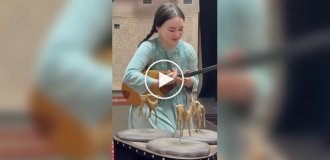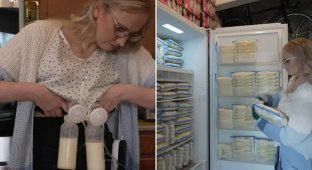The teenager who intimidated and made an entire city believe in mysticism (7 photos)
Adolescence is a time of rebellion and challenge to conventional norms. But sometimes children's jokes can go so far that the result is a sense of horror into which an entire city has been plunged. 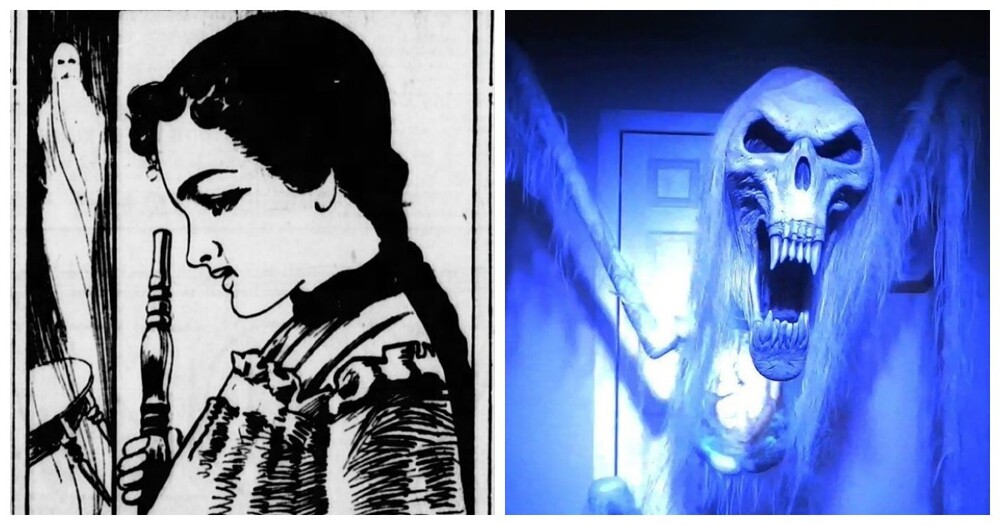
This was the case in January 1900 in a house in Paterson, New Jersey. Jacob and Elizabeth Stahl raised seven children. But, apparently, they still had a free place in the house even with such a population density. Because after Christmas they also had a ghost. 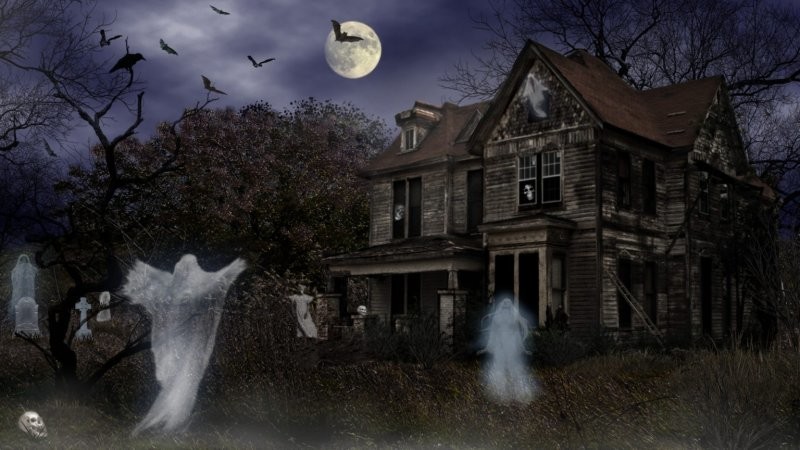
Standard Haunted Mansion
Since then, dishes were moving across the table, bed linen was scattered around the house, overturned tables and chairs haunted the rooms, and pieces of wood, coal and other random objects flew at children and everyone who came into view. Elizabeth, a woman of “impeccable truthfulness,” noticed ghostly hands at her windows and even claimed to see chairs dancing.
What suddenly made the devilish spirit take over the house? During the existence of the house, no one even died within its walls. And, as media representatives noted, it hardly meets the standard of a haunted house: 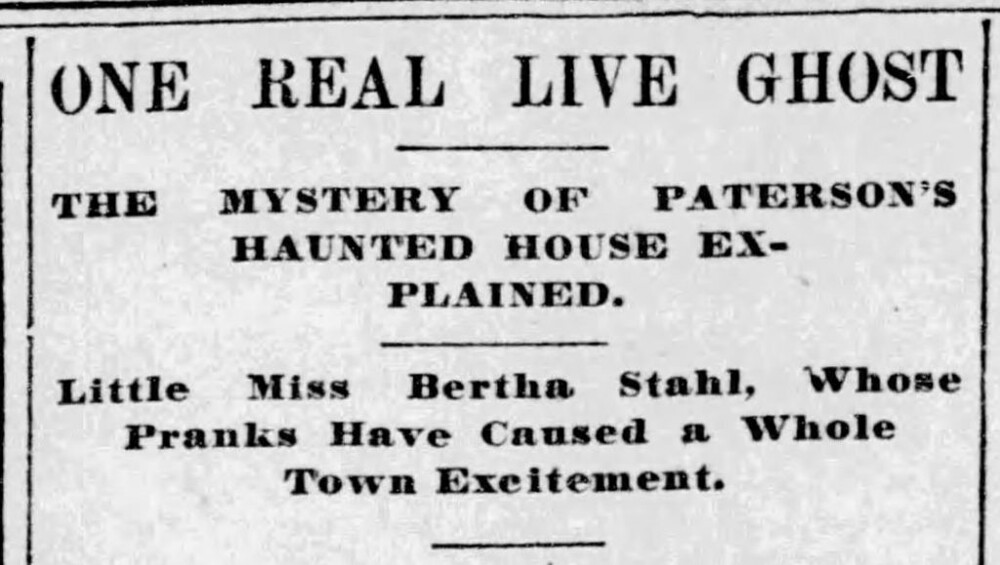
Bertha's ghost was a major story in the Tacoma Daily Ledger on February 4, 1900.
Stahl's house is not the place that a real, self-respecting spirit would choose for his tricks. There are several stately and gloomy mansions nearby, and on the hillside, in plain view, stands the most delightful abandoned house with broken windows, flapping shutters, and other desirable accessories. 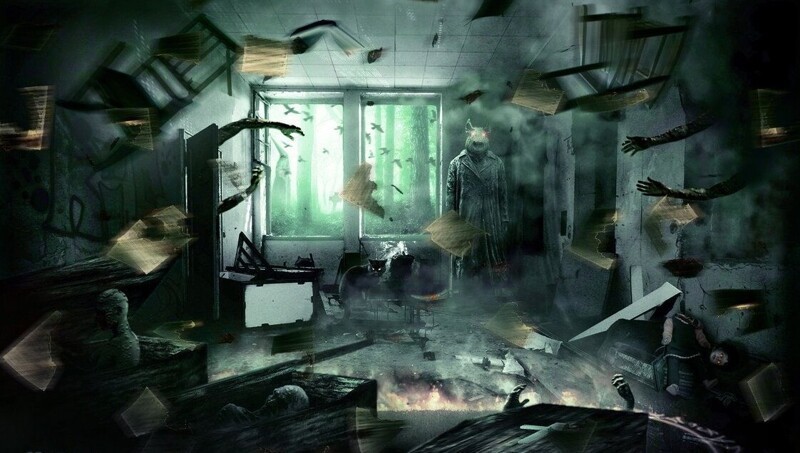
Typical haunted house
However, in Stahl's house it got to the point that the inhabitants could not even sleep in it. The police investigated but found nothing. The clergy tried to drive out the rebellious spirit, but he was not afraid of their prayers.
By mid-January, curious neighbors began to gather near the house in the hope of seeing the ghost with their own eyes. One of them, a mechanic named Augustus Post, spent the night in the kitchen and reported numerous encounters with a ghost. Sitting in the kitchen and smoking a clay pipe, he saw cutlery rising from the table and jumping towards the stove, all to the sound of banging on the walls and doors. Post could have sworn that no one was nearby. When he left the kitchen, he found his pipe broken on the floor. He blamed it on the devil. 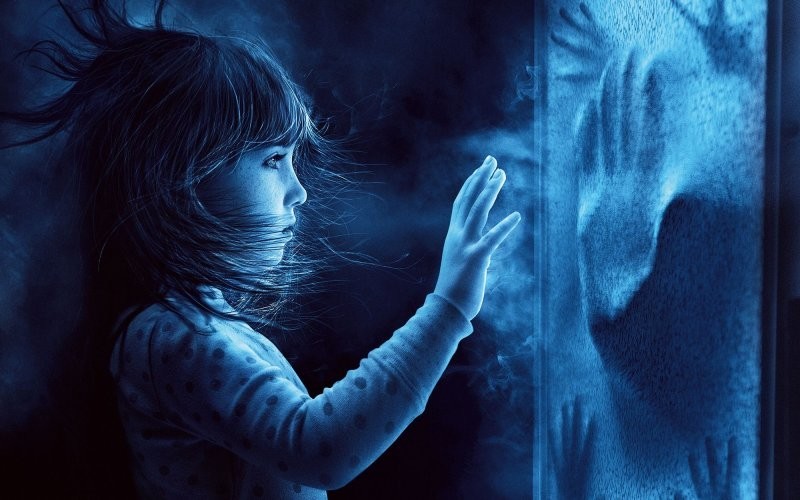
Post and others were discussing the strange happenings in the bar across the street, where quite a lot of strong alcoholic drinks had been consumed. Unable to find any logical explanations, the chatty neighbors began to come up with their own. A popular theory was that Jacob's first wife died eight years ago and left her husband with three young children. Stahl married Elizabeth just a month later and bought their haunted house with money left over from his late wife. Maybe her spirit is angry at her not particularly heartbroken husband and his new wife?
Martin Curley, the saloon owner, didn't believe in ghosts, poltergeists, or anything supernatural, so he went to Stahl's house to find out what all the fuss was going on there and find answers. But instead of solving the mystery, he returned with a fresh supply of stories that will undoubtedly be useful in business:
What I saw this morning I never want to see again,” he told a reporter from the comfort of his bar. You can stand in this store and hear knocking from across the street. This morning I stood in the kitchen and saw knives rising from the table and falling onto the stove. I saw one of the children thrown to the floor. 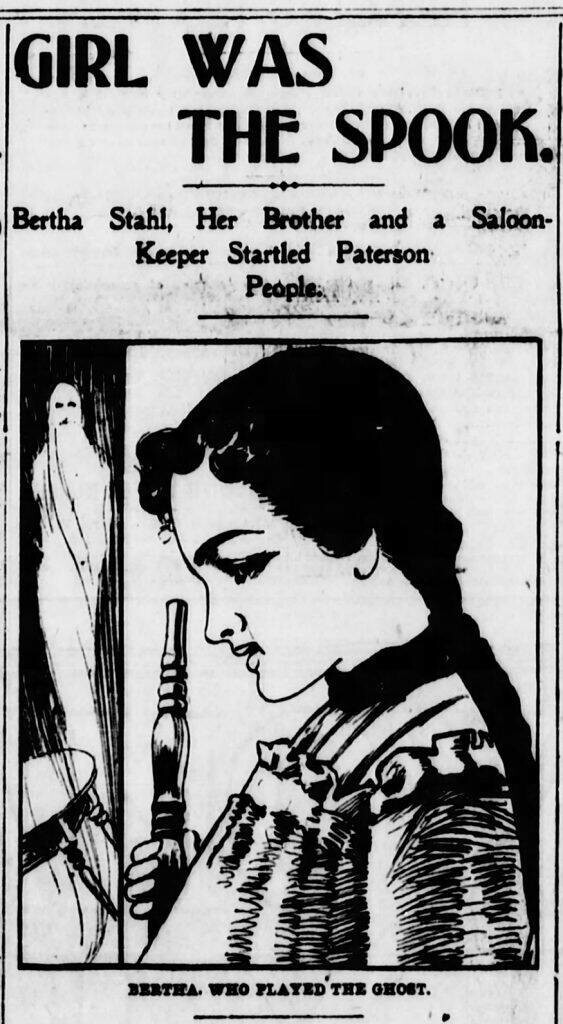
The ghost of Bertha Stahl in The Evening World, January 20, 1900.
This child was twelve-year-old Bertha. Despite the push of an invisible hand, Bertha was not afraid of any ghosts. Nor was she afraid of the police or the neighbors who invaded their home. Until she was visited by Arthur W. Bishop.
Bishop was president of the Society for the Prevention of Cruelty to Children.
Apparently his attention was drawn to reports of an attack on Bertha, as well as a potential threat to six other young children exposed to this violent spirit. Bishop asked to leave Elizabeth alone in the kitchen. While Mrs. Stahl was cleaning up the mess, Bertha sneakedwalked into the room, picked up the crossbar of a chair and threw it against the wall, and then disappeared from view. Cunning, but not cunning enough. Bishop asked Elizabeth to bring Bertha into the room. Reluctantly, the girl sat down next to the investigator. “Bertha, do you know what sin is?” - he asked. “If you tell a lie, are you doing the right thing?”
The girl turned away, convulsively clenching her fingers. “Then tell me this. What made you throw a stick at the wall? Come on, tell me."
Bertha was silent for a moment, and then finally answered: “I did not know that the stick was thrown by my hand.” She admitted that she made other sounds as well.
Shocked by this confession, Elizabeth defended her daughter, citing what a good girl she was. But during the conversation, Bishop noticed that, judging by her stories, Bertha was always nearby when the “ghost” appeared. Bishop made the girl promise that she would stop scaring the neighbors with her sounds. 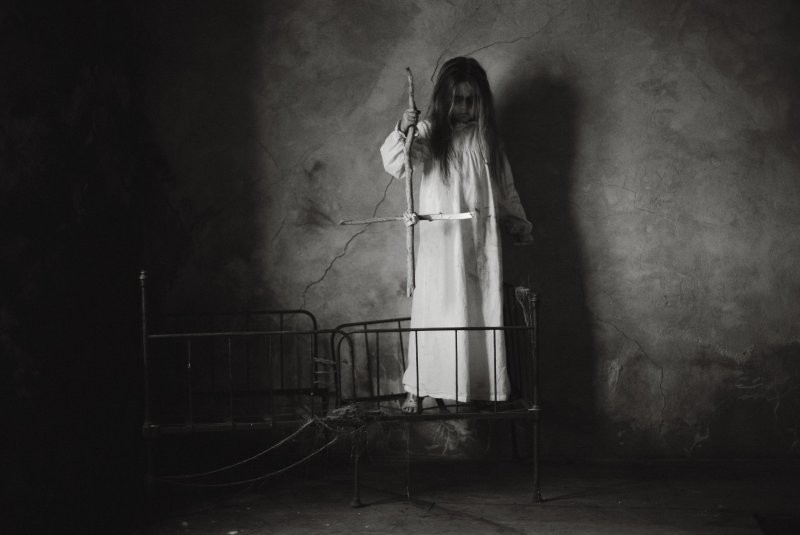
Elizabeth was not entirely convinced by Bishop's explanation. Although Bertha admitted that she was the culprit, she argued that her daughter had no control over her actions. The woman invited a spiritualist, Mrs. A. J. Phillips, to the house to talk with Bertha. Phillips questioned the naughty girl and decided that she was not a medium, but “there was a lot of mischief in her eyes.” The Stahls still did not believe this, so they sent Bertha to the reverend for several weeks in the hope that he would ward off evil spirits.
The reasons for Bertha's behavior were not given, although she may have been offended by her stepmother or unhappy with the Christmas gifts. Or maybe she was just a twelve-year-old girl who liked the extra attention in a small house full of children. This can frighten anyone - a child, an adult, a specialist, and someone who is completely ignorant of otherworldly things. Especially if he is sincerely ready to be scared and does it with pleasure.
